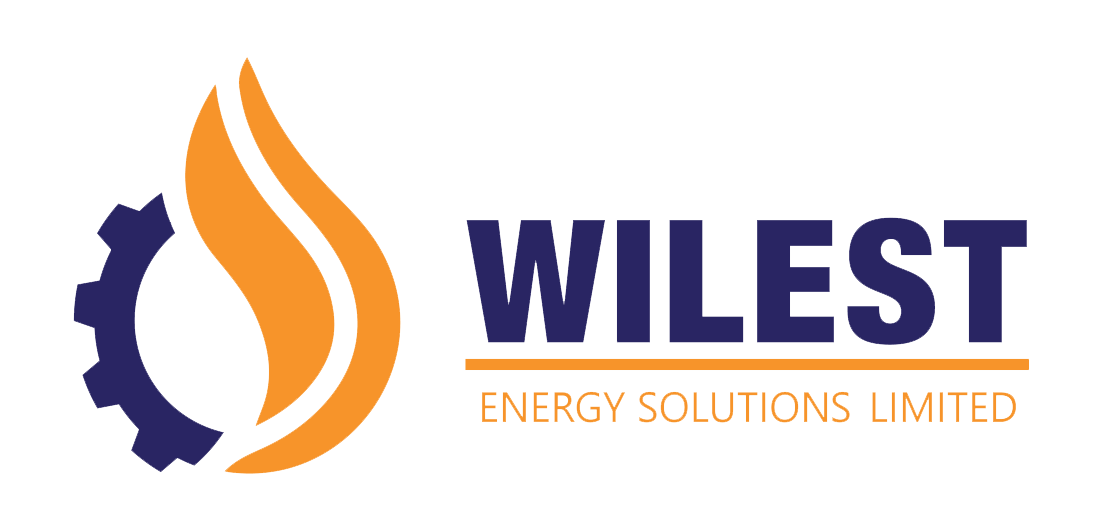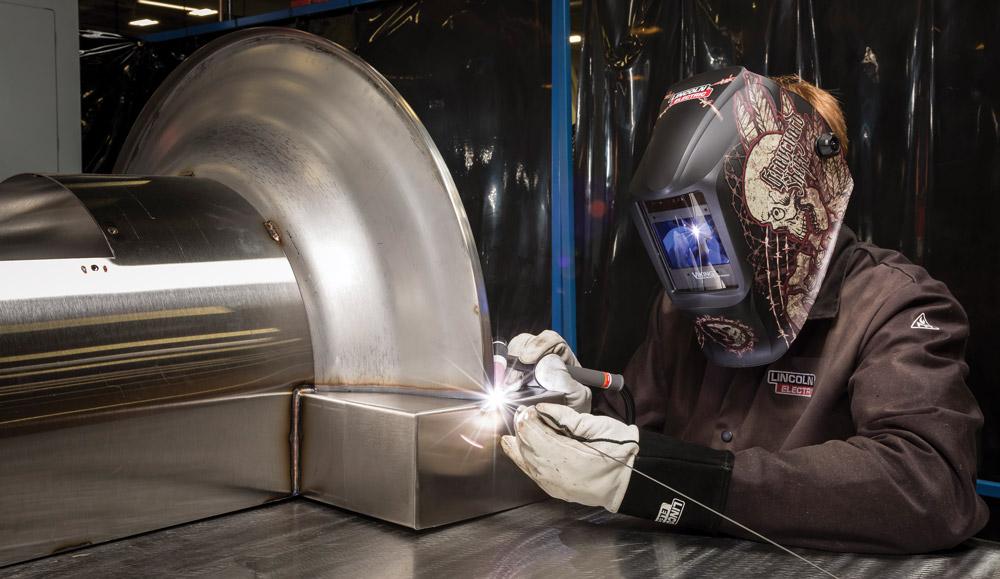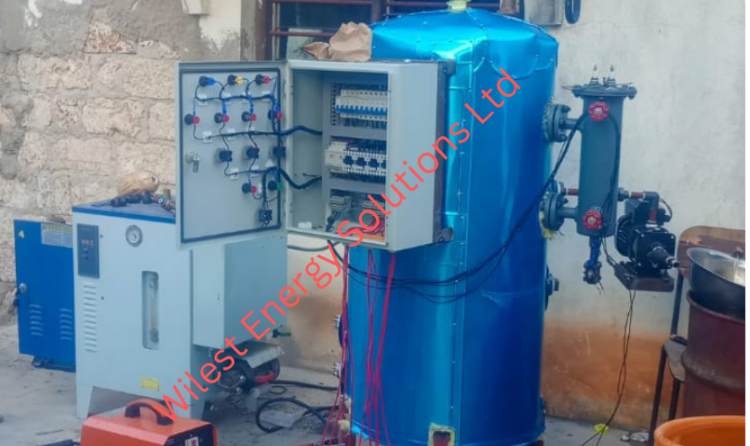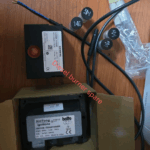Machine Maintenance: Meaning, Types, Procedure And Essential Tips
Machine maintenance is a crucial process for ensuring the smooth and safe operation of machinery in various industries. From manufacturing to agriculture, transportation, and healthcare, machines play a vital role in improving productivity, efficiency, and profitability. However, machines can malfunction, breakdown, or wear out due to various reasons such as age, usage, and environmental factors. Therefore, it’s essential to implement a robust machine maintenance program that covers all aspects of maintenance, including meaning, types, procedure, and essential tips. In this article, we will explore these concepts in detail and highlight how Wilest Energy Solutions can help you maintain your machines effectively.
Meaning of Machine Maintenance
Machine maintenance refers to the set of activities aimed at keeping machines in good condition and preventing them from malfunctioning, breaking down, or causing safety hazards. Maintenance involves both preventive and corrective measures, which can be categorized into four main types: corrective, preventive, predictive, and condition-based maintenance. Each type of maintenance serves a specific purpose and requires a different approach to ensure optimal results.
Types of Machine Maintenance
- Corrective Maintenance: This type of maintenance is also known as “breakdown maintenance” and involves repairing a machine after it has malfunctioned or broken down. Corrective maintenance is reactive and usually involves significant downtime, high repair costs, and lost productivity. While corrective maintenance is necessary, it should not be the only maintenance strategy, as it can lead to higher costs and safety risks.
- Preventive Maintenance: This type of maintenance involves performing routine maintenance activities such as inspections, cleaning, lubrication, and replacement of worn-out parts to prevent machines from malfunctioning or breaking down. Preventive maintenance is proactive and helps identify potential issues before they escalate into more significant problems. Preventive maintenance can save time and money by reducing downtime and extending machine lifespan.
- Predictive Maintenance: This type of maintenance involves using advanced technologies such as sensors, analytics, and machine learning to predict when a machine is likely to fail and schedule maintenance accordingly. Predictive maintenance can help avoid unplanned downtime, optimize maintenance schedules, and reduce maintenance costs. However, predictive maintenance requires significant investments in technology and expertise.
- Condition-Based Maintenance: This type of maintenance involves monitoring the condition of a machine in real-time and performing maintenance only when necessary. Condition-based maintenance relies on data from sensors and other monitoring devices to detect changes in a machine’s condition and trigger maintenance actions. Condition-based maintenance can be more cost-effective than other types of maintenance but requires advanced technology and expertise.
Procedure for Machine Maintenance
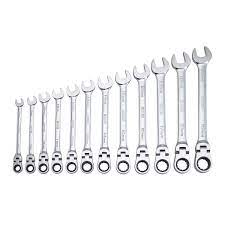
The procedure for machine maintenance varies depending on the type of maintenance being performed. However, the following steps are generally involved in any maintenance procedure:
- Planning: Identify the machines that require maintenance, develop a maintenance schedule, and allocate resources for maintenance activities.
- Inspection: Conduct a visual inspection of the machine to identify any signs of wear, damage, or malfunction.
- Cleaning: Clean the machine to remove any dirt, dust, or debris that could affect its performance or cause damage.
- Lubrication: Lubricate the machine to ensure that its moving parts operate smoothly and reduce wear and tear.
- Repair or Replacement: If any parts are worn out or damaged, repair or replace them as necessary.
- Testing: Test the machine to ensure that it operates as expected and does not pose any safety risks.
- Documentation: Record all maintenance activities in a maintenance log or system to track the machine’s condition and maintenance history.
Essential Tips for Machine Maintenance
Regular Maintenance: Develop a regular maintenance schedule based on the manufacturer’s recommendations, usage, and environmental factors. Regular maintenance can help detect and prevent issues before they escalate.
Proper Use: Ensure that machines are used properly and according to their intended purpose. Misuse or overuse can cause premature wear and tear, leading to breakdowns or safety hazards.
Training: Train employees on how to operate and maintain machines properly. This can help prevent user errors and ensure that machines are used safely and effectively.
Quality Parts: Use high-quality parts and components when repairing or replacing machine parts. Cheap or low-quality parts may be cheaper initially but can lead to more significant problems and costs down the road.
Environmental Factors: Consider the environmental factors that can affect machine performance, such as temperature, humidity, and dust levels. Take appropriate measures to protect machines from these factors, such as using covers or air conditioning.
How Wilest Energy Solutions Can Help
Wilest Energy Solutions offers a range of machine maintenance services that can help you maintain your machines effectively. Our services include preventive maintenance, predictive maintenance, and condition-based maintenance, using advanced technologies such as sensors, analytics, and machine learning. We also provide training and support for machine operators and technicians, as well as quality parts and components for repairs and replacements.
In conclusion, machine maintenance is an essential process that can help ensure the safe and efficient operation of machines in various industries. By understanding the meaning, types, procedure, and essential tips for machine maintenance, you can develop a robust maintenance program that meets your needs and objectives. With the help of Wilest Energy Solutions, you can take your machine maintenance to the next level and optimize your operations for better productivity, efficiency, and profitability.
